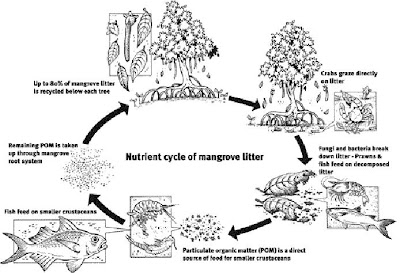The main features of an information report are:
A general classification
Details
The general classification is a sentence or paragraph that states what it is that you will be writing about.
Details: all the following paragraphs should be descriptive. They contain details about your subject.
Here is an example:
Koels are birds from the Cuckoo family.Return to HOW TO BLOG
Koels migrate to Australia in Spring and leave again in Autumn. While they are here they breed.
Koels lay their eggs in the nest of another species and are not involved in raising their own chicks.
The male Koel is black all over with red eyes. The female has red eyes and a black cap. Her back feathers are spotted and her belly feathers are barred. The juvenile is similar in appearance to the adult female except its head is mottled brown and its eyes are also brown.
Koels are between 39 and 46cm long.
Reference: Simpson, K. & Day, N. (1984). Field Guide to the Birds of Australia. Penguin, Ringwood, Victoria.


